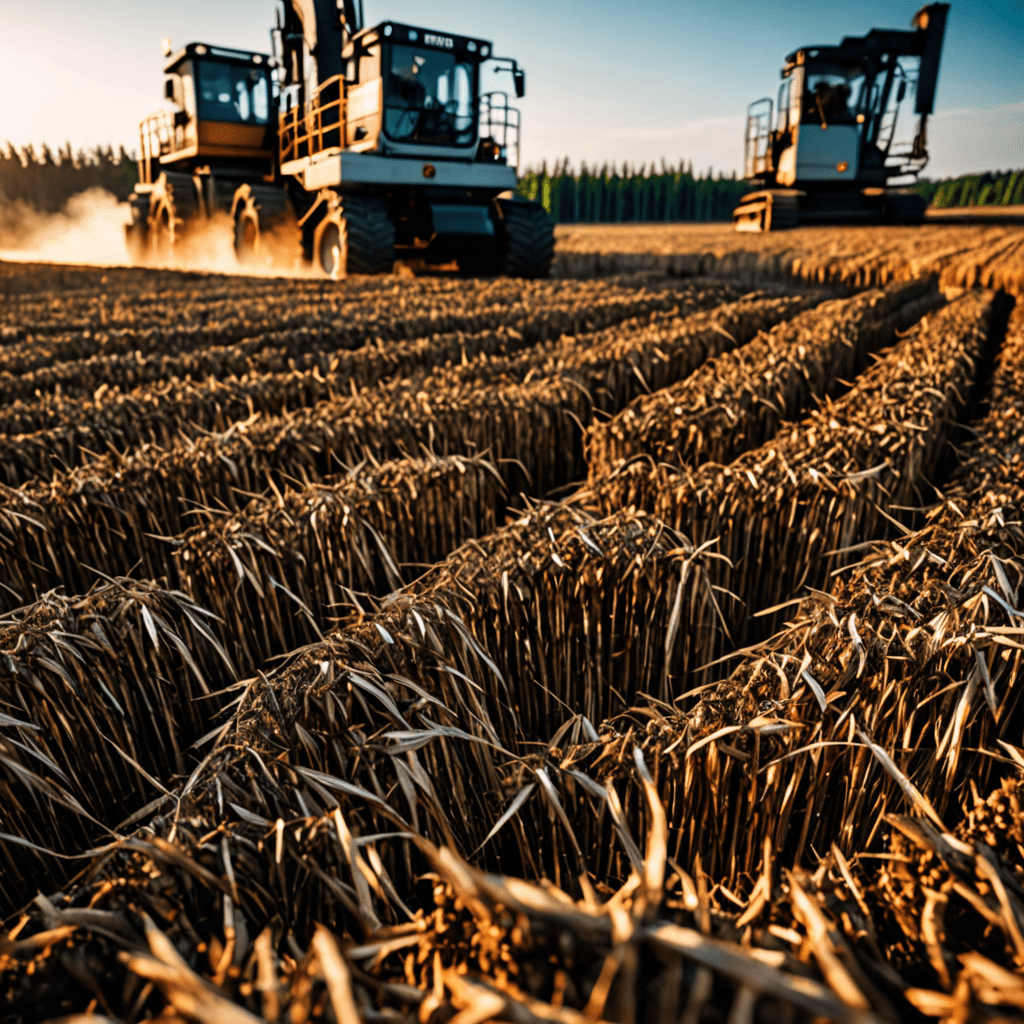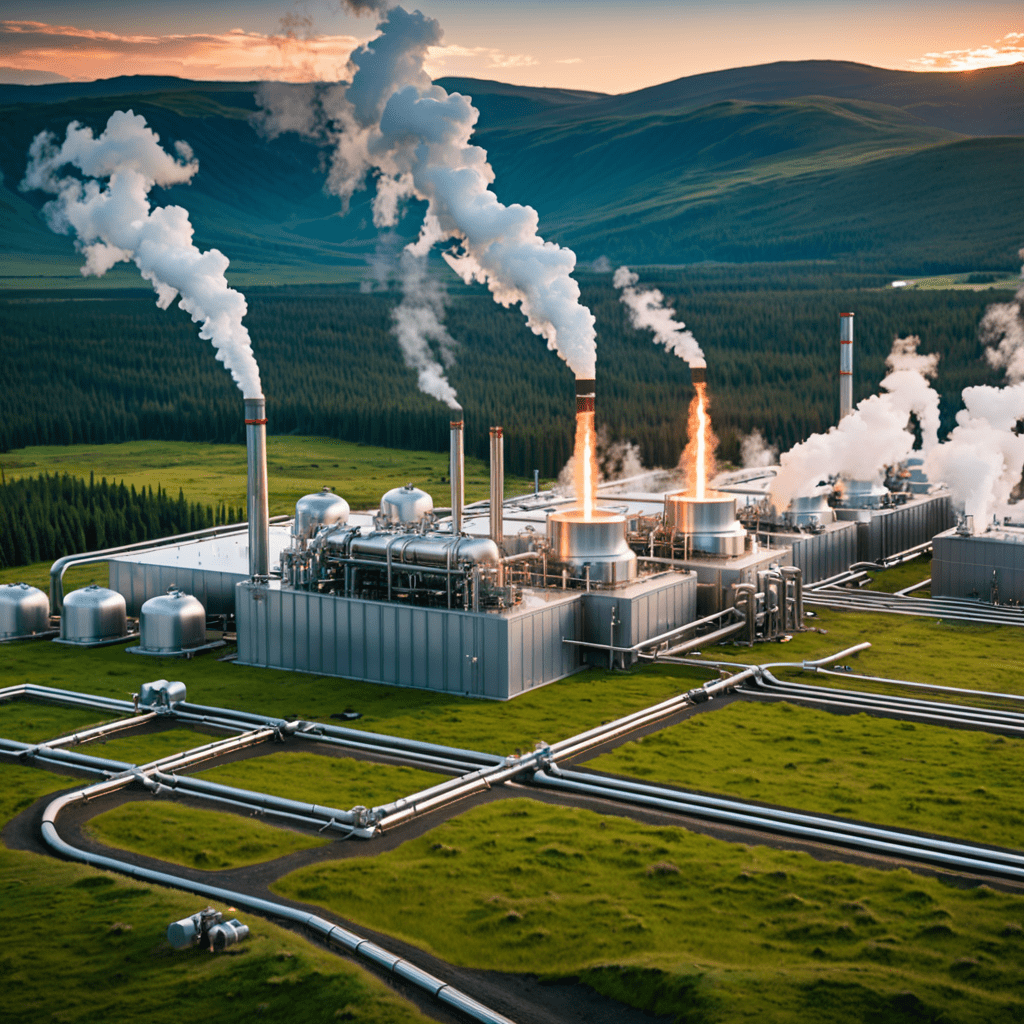
The Role of Torrefaction in Biomass Energy Processing
Introduction
Torrefaction is a thermal process that involves the roasting of biomass in a low-oxygen environment, resulting in a more energy-dense and stable product. This article will explore the significance of torrefaction in the realm of biomass energy processing.
Understanding Torrefaction
During torrefaction, biomass, such as wood chips or agricultural residues, is heated to temperatures typically between 200-300 degrees Celsius. This process drives off moisture and volatile compounds, leaving behind a material that is rich in carbon and energy content.
Benefits of Torrefaction
One of the key benefits of torrefaction is the increased energy density of the biomass. This denser fuel can be more efficiently transported and stored, making it a more practical option for energy production. Additionally, torrefied biomass produces less smoke and harmful emissions compared to raw biomass.
Integration into Energy Systems
Torrefied biomass can be easily integrated into existing coal-fired power plants, reducing the carbon footprint of these operations. It can also be used in pellet form for residential heating or industrial processes, offering a renewable alternative to fossil fuels.
Economic Viability
The economic viability of torrefaction lies in its ability to create a value-added product from biomass that may otherwise go to waste. By converting low-value feedstocks into high-quality energy products, torrefaction can contribute to a more sustainable and profitable biomass industry.
Environmental Impact
From an environmental standpoint, torrefaction can help mitigate climate change by providing a renewable energy source that is carbon-neutral. By utilizing biomass resources more efficiently, we can reduce dependence on fossil fuels and lower greenhouse gas emissions.
Conclusion
In conclusion, torrefaction plays a crucial role in biomass energy processing by enhancing the energy content, storage, and environmental performance of biomass resources. By harnessing the power of torrefaction, we can move towards a more sustainable and greener future in the realm of energy production.
FAQ: The Role of Torrefaction in Biomass Energy Processing
What is torrefaction?
Torrefaction is a process of heating biomass material in a low-oxygen environment to remove moisture and volatile components. This results in a more energy-dense and stable material for energy production.
How does torrefaction benefit biomass energy processing?
Torrefaction improves the physical and chemical properties of biomass, making it easier to handle, transport, and store. It also increases the energy content of biomass, leading to higher efficiency in energy production processes.
What are the advantages of using torrefied biomass for energy production?
Torrefied biomass has reduced moisture content, improved grindability, and higher energy density compared to raw biomass. This results in lower transportation costs, reduced greenhouse gas emissions, and enhanced overall energy conversion efficiency.
Does torrefaction have any environmental benefits?
Yes, torrefaction helps reduce greenhouse gas emissions by making biomass energy production more efficient. By enhancing the energy content of biomass and facilitating its use in existing energy infrastructure, torrefaction contributes to a more sustainable and eco-friendly energy mix.

